A little more Lille and a flat car
This is part two of our adventure where we bike in to explore the ghost town of Lille Alberta in the Crowsnest Pass. For part one, we discuss the trail and one of the mines seen along the way in. For this report, we cover some, but not all of the town.
Arriving at Lille, I ditch the bike and explore the area on foot. In spite of what appears to be an empty field, it turns out there is a lot here to see. There are scattered cellars and traces of foundations, building debris, bricks and the like, old fire hydrants, and of course the famous coke ovens.
You enter at the south edge of town and immediately you see the cellar pits of a number of buildings. From the map (at the site) it at appears we’re on Grassy Mountain avenue, and so this makes it the business district. Here there was a store, laundry, barbershop and other enterprises. Further north on the same street and along other streets close by was the residential area.
To the left is the remains of the hotel. This was by far the largest non-industrial building in town and looked to be a grand place. While most building locations are only marked with depressions here there is an actual foundation.
The town layout is very orderly and further north there was a school, doctor’s office and houses of the company officials and such.
If you look hard at the meadow the lay of the streets can be fairly accurately guessed at. Some fire hydrants help you along here – there are two of them (one was marked “Ludlow trademark”). Some bricks with the name Gartcraig were scattered about this part of town. These were made in Scotland, which seems like a long way to source building materials.
Below the hotel is the industrial area and it’s here the coal was processed. A large slack pile looms over the site and not far away are the coke ovens. They are protected by a fence but those on foot can go inside. Constructed in the early part of the twentieth century, this makes them the first coke ovens in the region and he oldest ones left. Made in Belgium, the whole thing was taken apart and then carefully reassembled here. Each brick had unique markings making this a fairly easy process. It was a big jigsaw puzzle if you will.
The ovens are certainly something beautiful to look at with their graceful arches. These differ from any others I have seen, and I assume this is due to their age. I have seen the traditional beehive style, or the more modern flat style. The ovens in Lille are described as being the Bernard type, but I can not find much information beyond that. No matter what, they are something to look at.
To arrive at coke, coal is superheated in a non-oxygenated environment, allowing most all of the gasses to be driven off. The resultant product is a dense high-carbon based fuel that burns at a much higher temperatures than coal, and is useful in industries like steel making.
It’s not certain how much coke was made in relation to the total coal output of the operation.
Lille was born in the early part of the twentieth century and lasted around a decade. At its peak, it had a population of some four hundred. When the mines became uneconomical, the town and the Frank and Grassy Mountain Railway which served the operation, were abandoned. Some buildings were moved out to other areas, while the remainder were just left behind. The name Lille was taken from the French town of the same name and was so chosen since many of the early financiers of this West Canadian Collieries operation were from that region.
If you look north from town you can see Grassy Mountain. The pit mine scars you see date from the 1940s and 50, and are related to the Lille operation somewhat indirectly. The hill was worked by the same West Canadian Collieries Company that once operated the Lille Mines, but many decades separate the two.
Lille is a designated historical site, but it’s seems that a few inconsiderate ATVers could care less about that (only a small percentage of riders are bad, I know that). The coal slack pile is chewed up as is the area around the ovens. Sad that they can’t show a little respect for this special place.
While wandering along the rail bed a few hundred metres from town, I stumbled across a real find. Off to the side and sitting upside down was an ancient flat car (or it could be a coal gondola minus its sides). It’s obviously very old and I can only assume it derailed here and was just left. It was missing the wheels and bogies, but otherwise fairly complete. No report I can find online mentions this car, so even in spite of its close proximity to town, it must not be well known. It’s not exactly hidden but you still have to look for it.
Of interest on that car are the truss rods seen on the underside of it (or topside since the car is upside down) – they essentially pulled against each end of the car, which helped support the load and keep the car from sagging under the weight. The body of the car is constructed mostly of wood (oak?), save for the truss rods, meaning it’s from the late 1890s or early 1900s at the latest. It may have already been quite old when left here. As you recall the railway was closed about 1912-1913 so it’s been sitting here for a century at least.
There are plans to revisit Lille, since on this trip I ran out of time. There are still further mine sites to explore, more of the town to see, and the cemetery to find. Plus I’d like to research that rail car more. The trip back, simply a reverse of the one in, was uneventful and fast.
The first part of this report can be seen below…
A little of Lille and Mine Number 1.
To see some other reports done in the area, follow these links…
Loading coal in Coleman.
Greenhill Mine, an incomplete tour.
If you wish more information on this place, by all means contact us!
Date of adventure: September 2012.
Location: Crownest Pass Alberta.
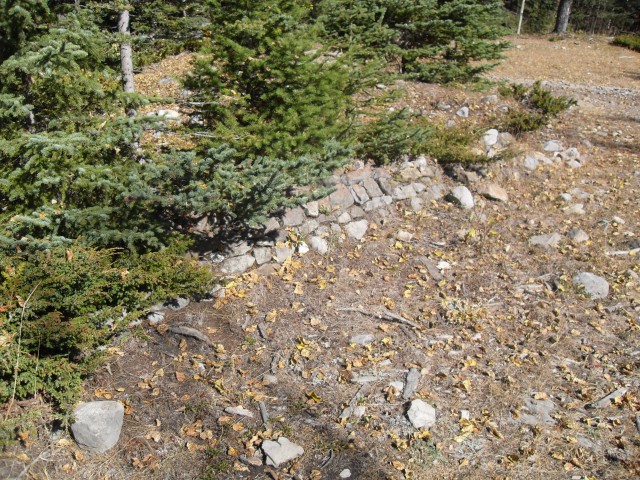
On entering town, we see bits from a foundation.
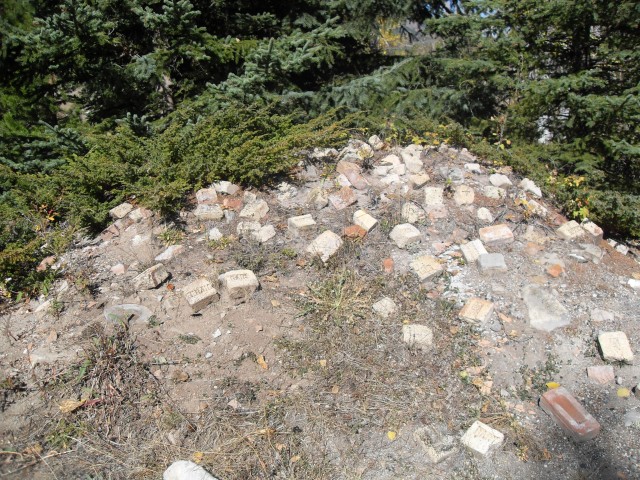
Lots of scattered bricks litter the site.
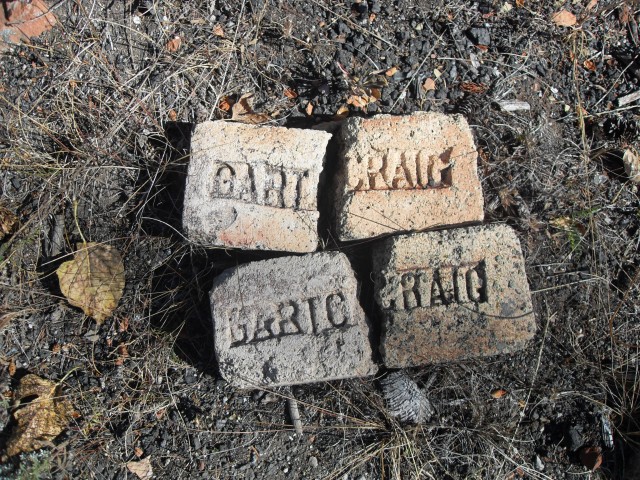
Gartcraig bricks, all the way from Scotland.
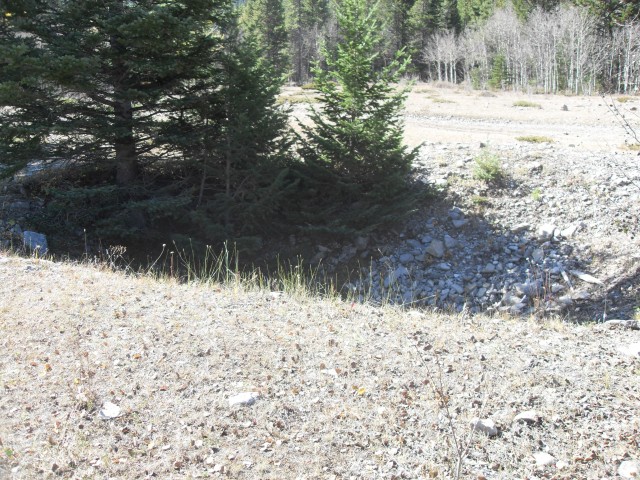
There were lots of foundation depressions – this was apparently the the store.
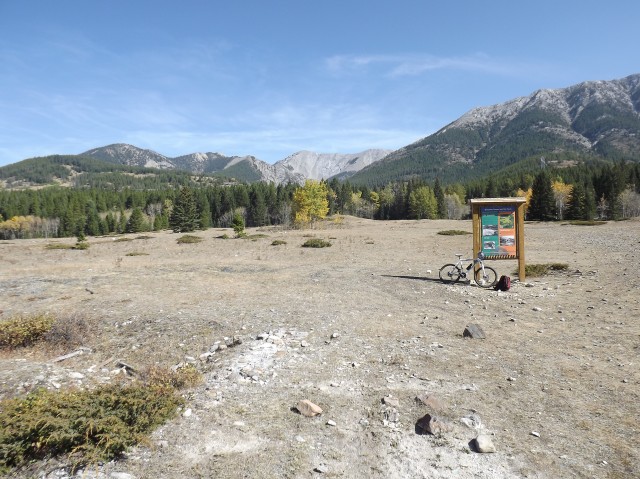
This interpretive sign shows a map of the town.
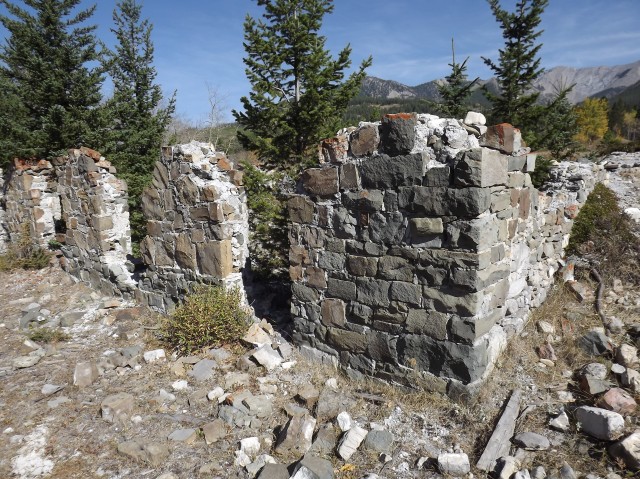
This is the remains of the Lille hotel.
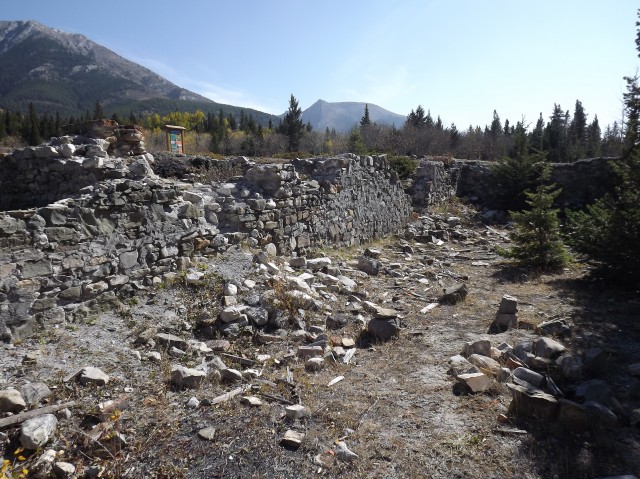
The hotel was the largest non-industrial building in town.
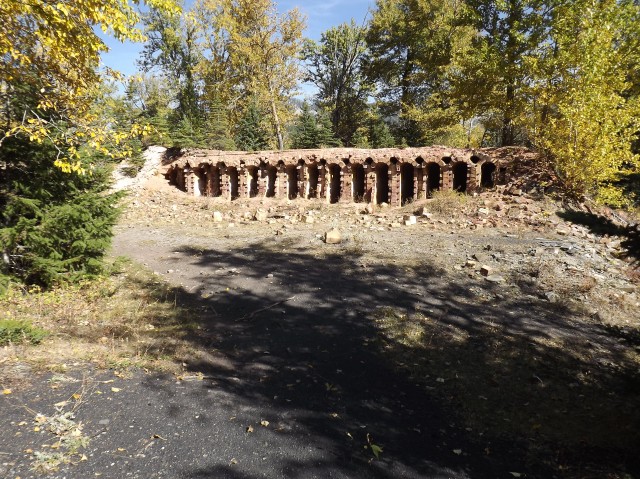
The famous Lille coke ovens.
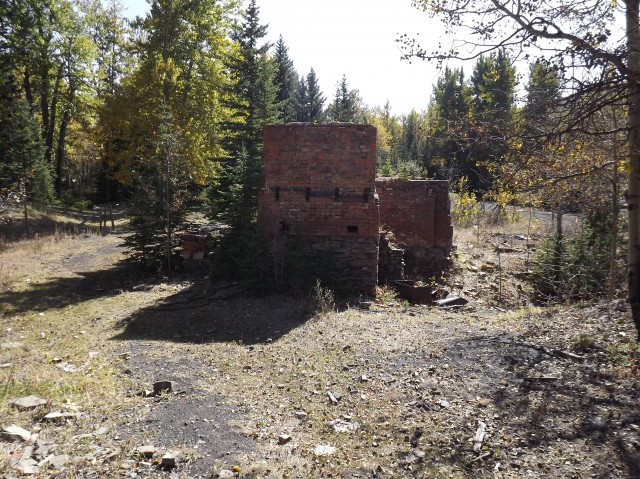
Another view…
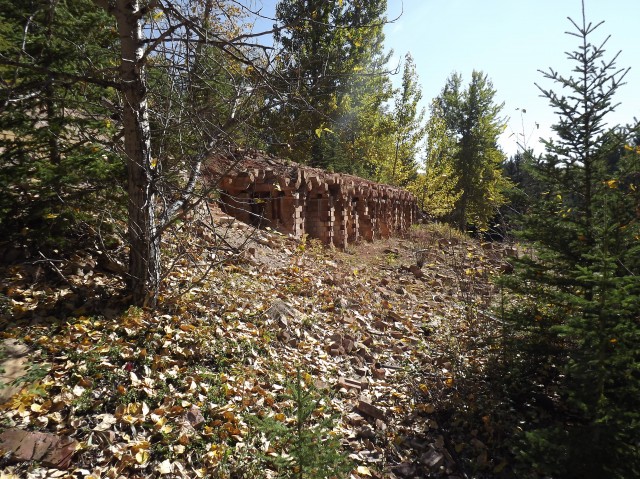
They are in pretty bad shape.
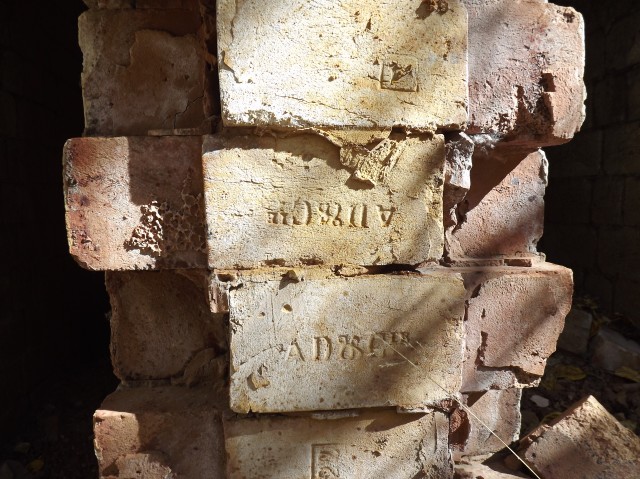
Every brick has some sort of number, letter or symbol on it (see post to find out why).
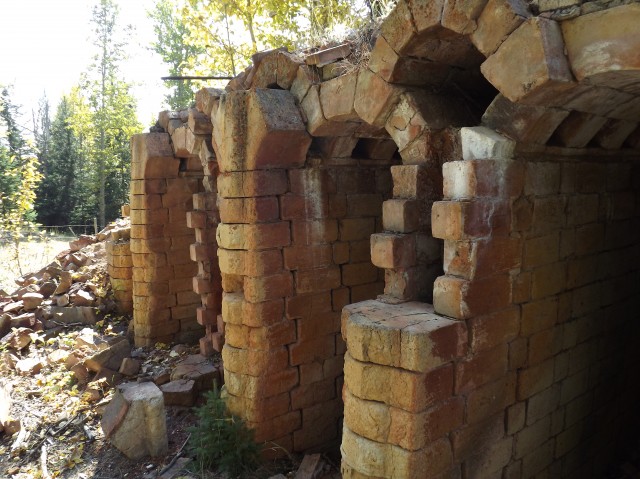
The ovens with their graceful arches had a real beauty about them.
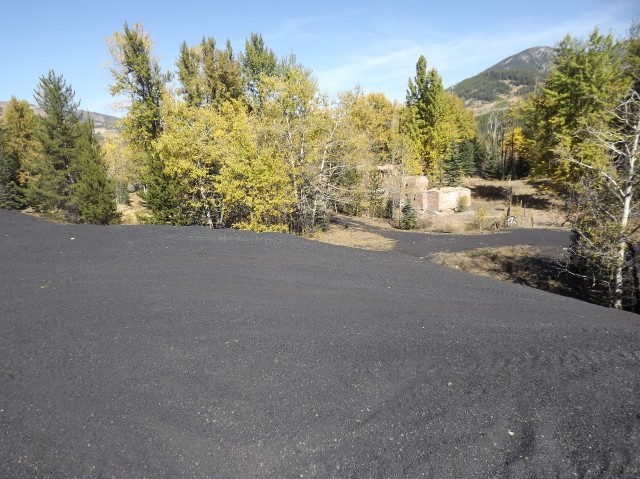
From the coal slack pile looking back at the ovens.
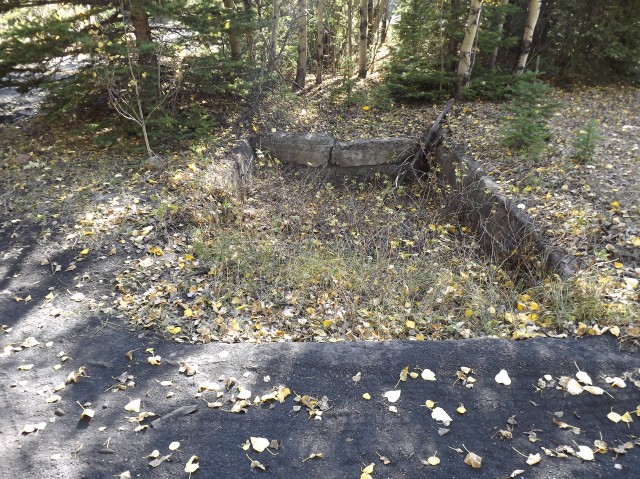
Using the map at the site, this is possibly the oil house.
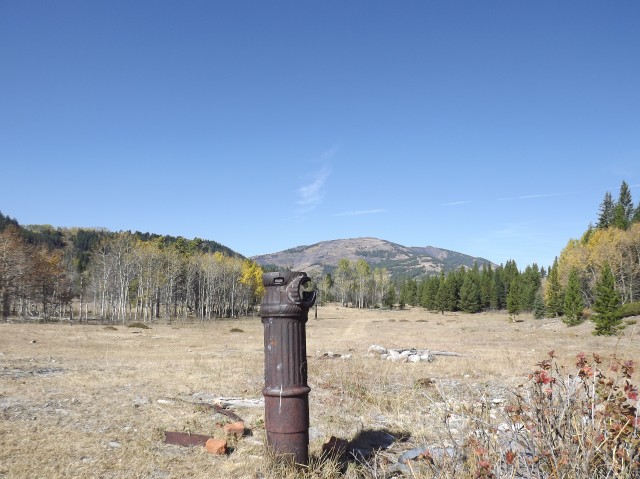
One of two fire hydrants found. The hill in back was mined in the 1940s and 50s.
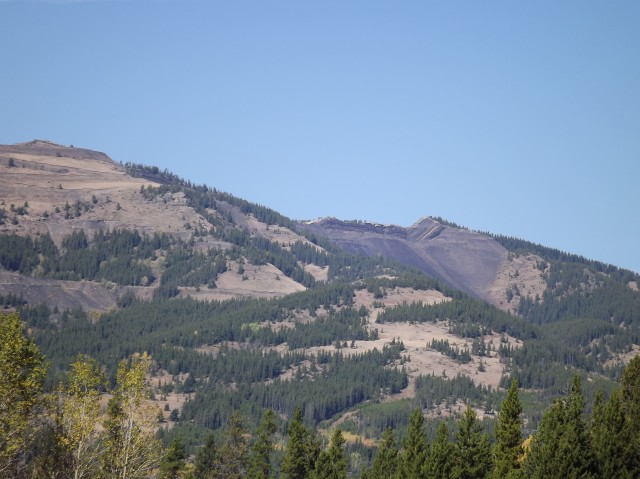
The pit mine workings on Grassy Mountain, which overlooks the Lille site.
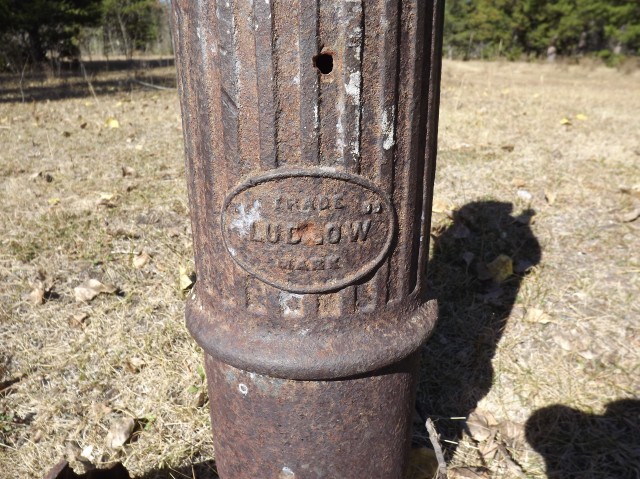
“Ludlow trademark” fire hydrant.
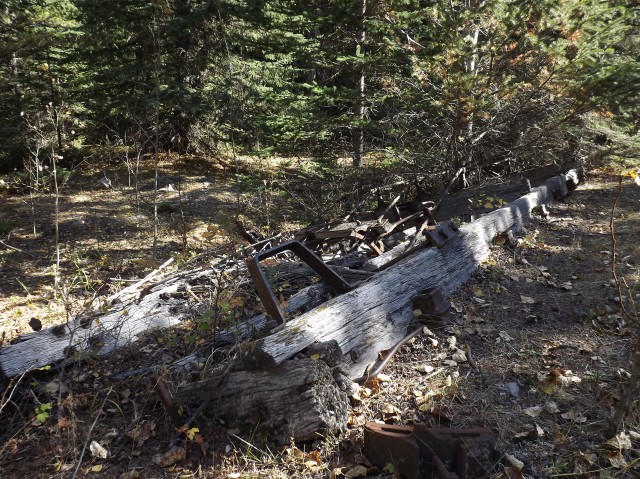
A flat car, found just off the old railway roadbed.
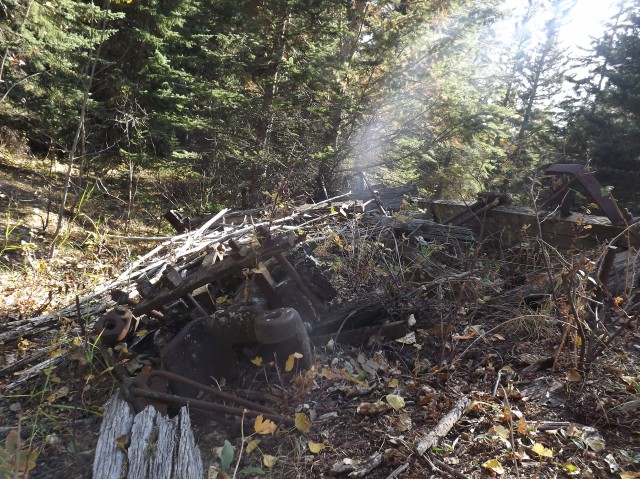
This wooden car has been sitting for about a century.
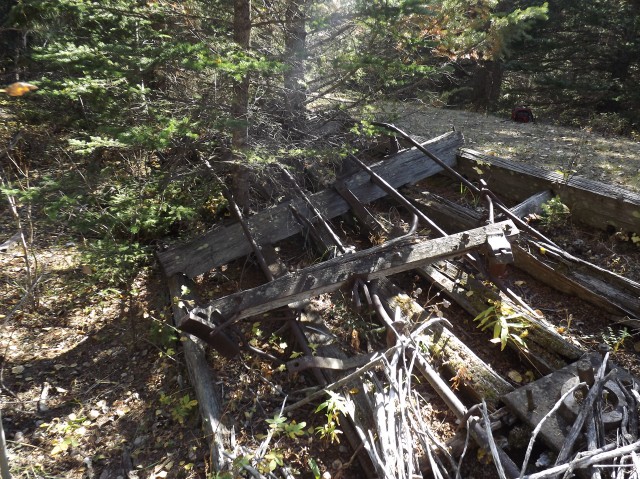
These truss rods helped support the car when loaded.
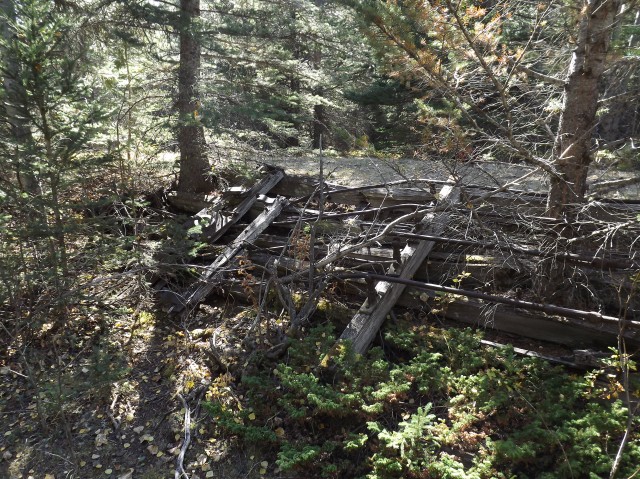
This car is on its back, so all views are of the underside.
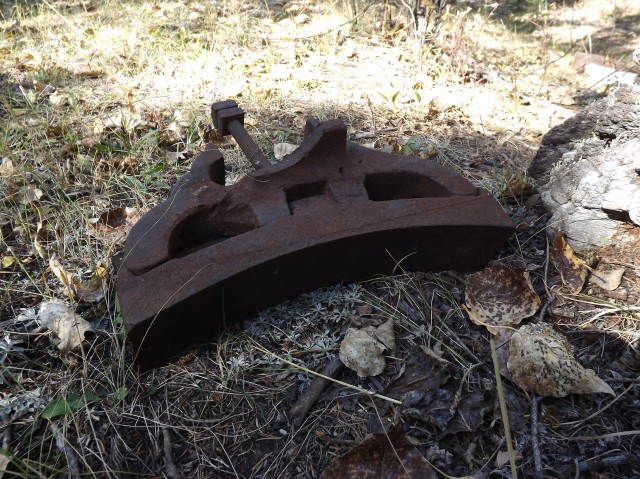
The wheels and bogies were gone, but these brake shoes remained.
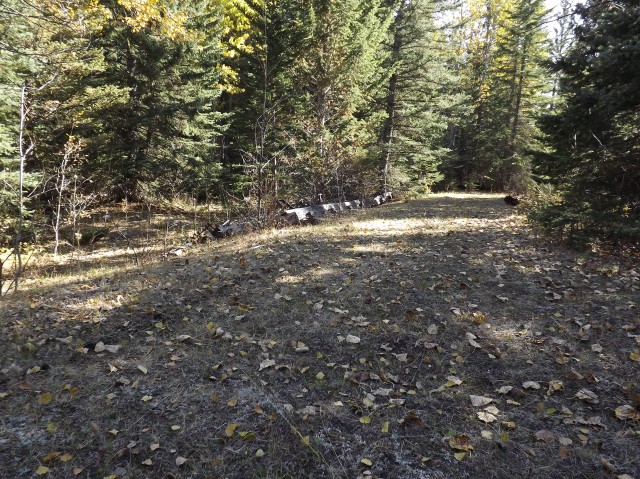
The Frank and Grassy Mountain Railway roadbed, with the flat car just off to the side.

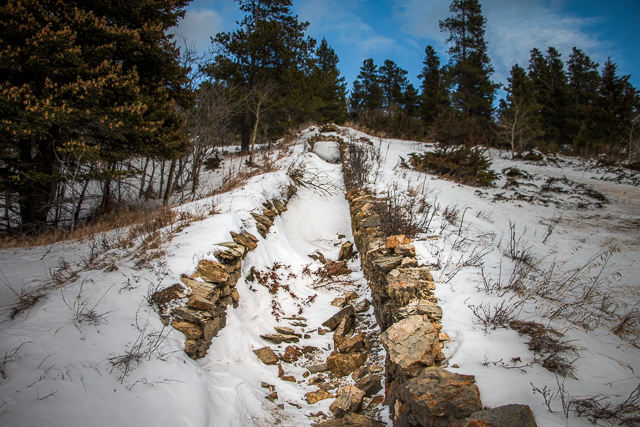
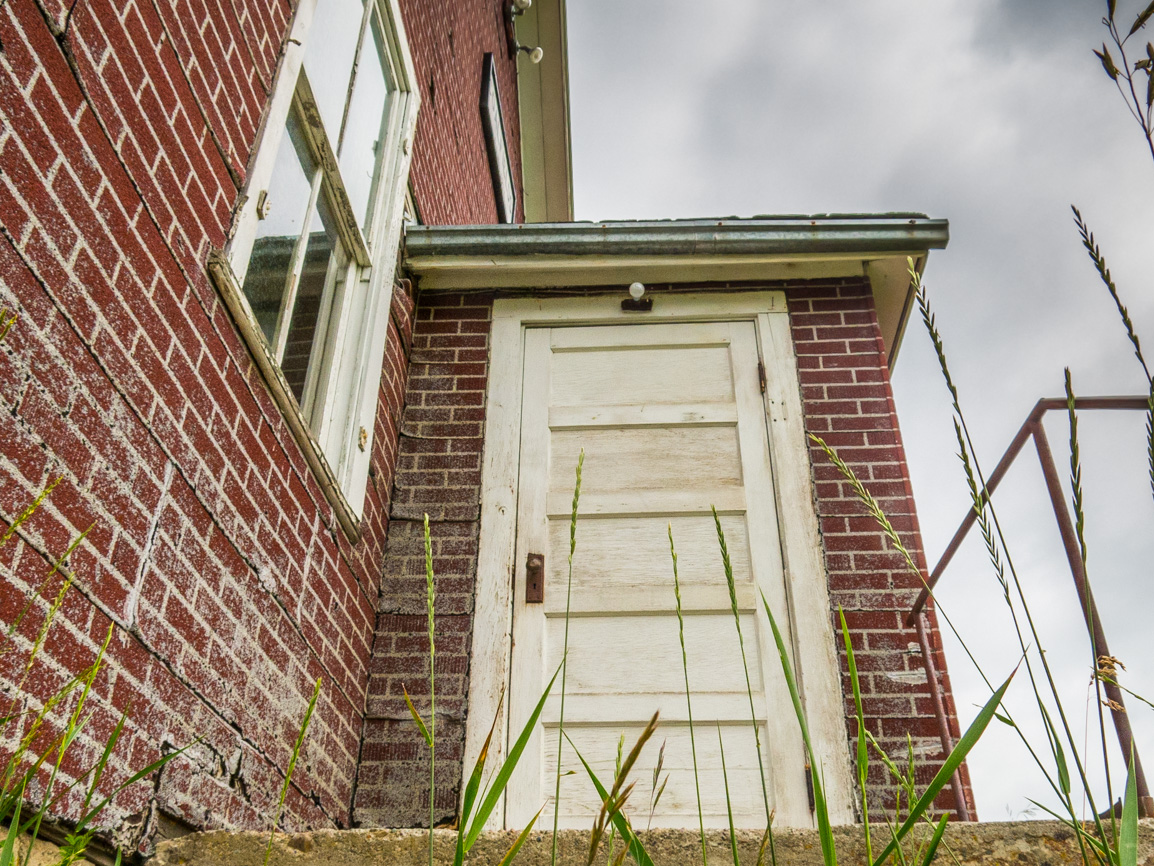
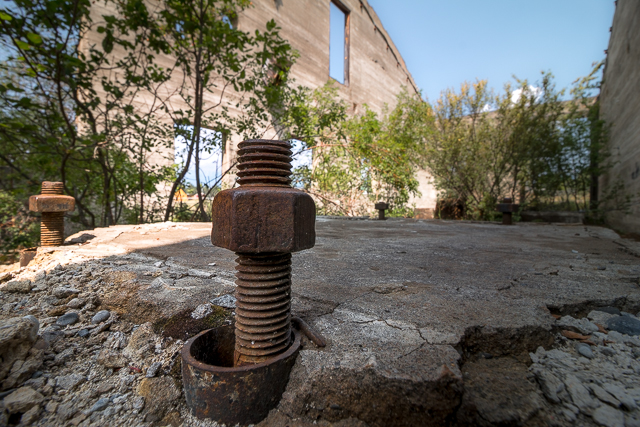
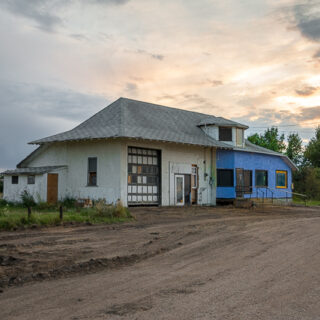
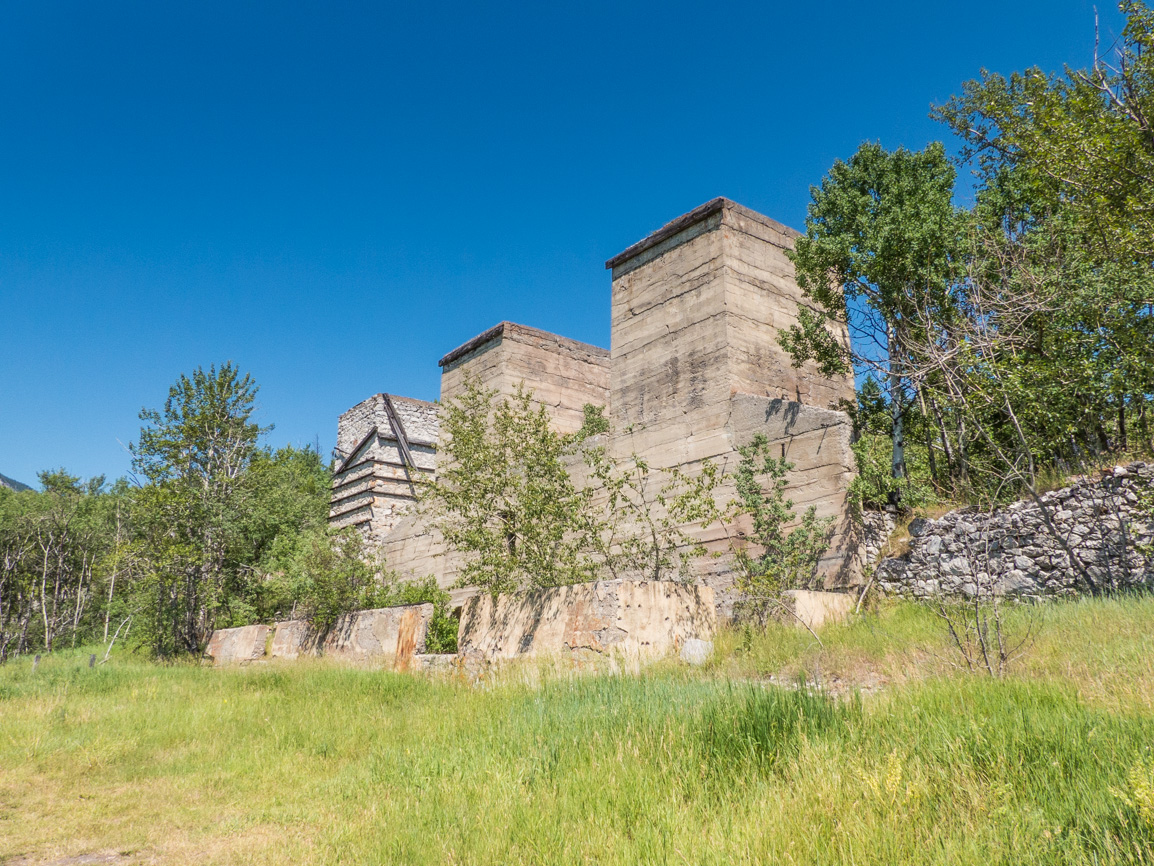
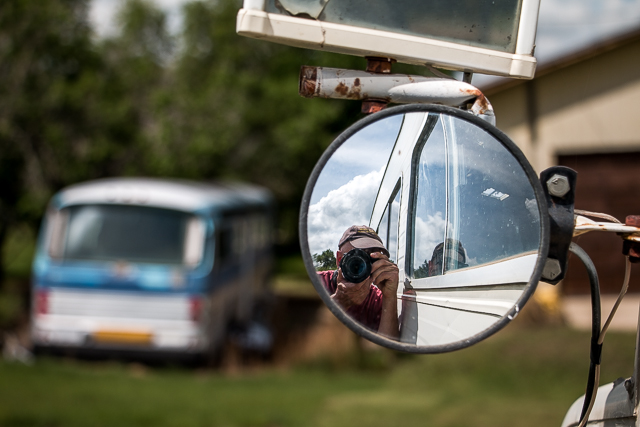
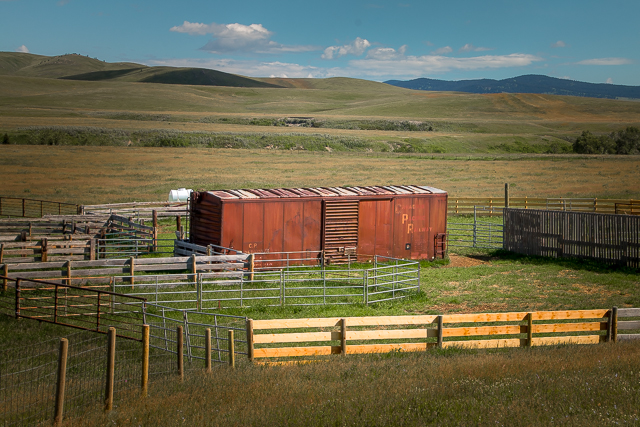
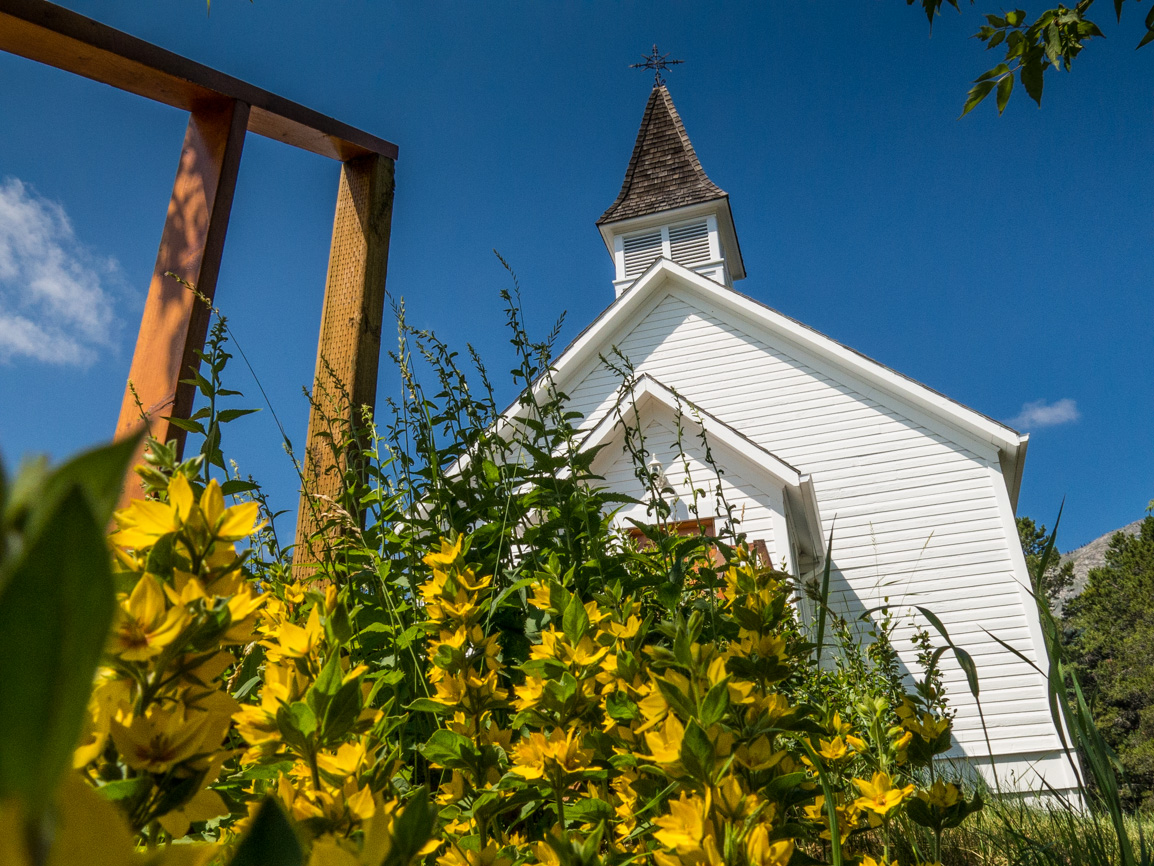
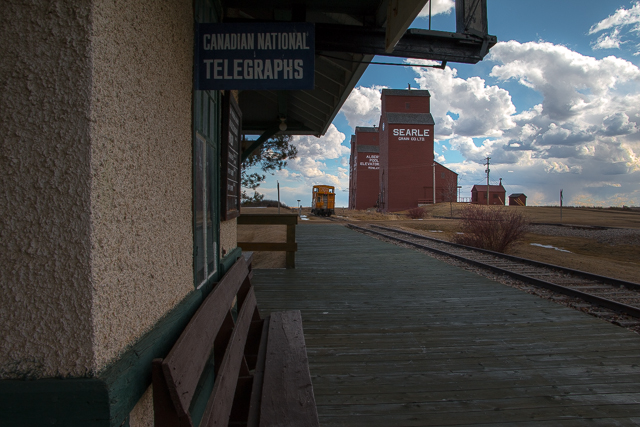
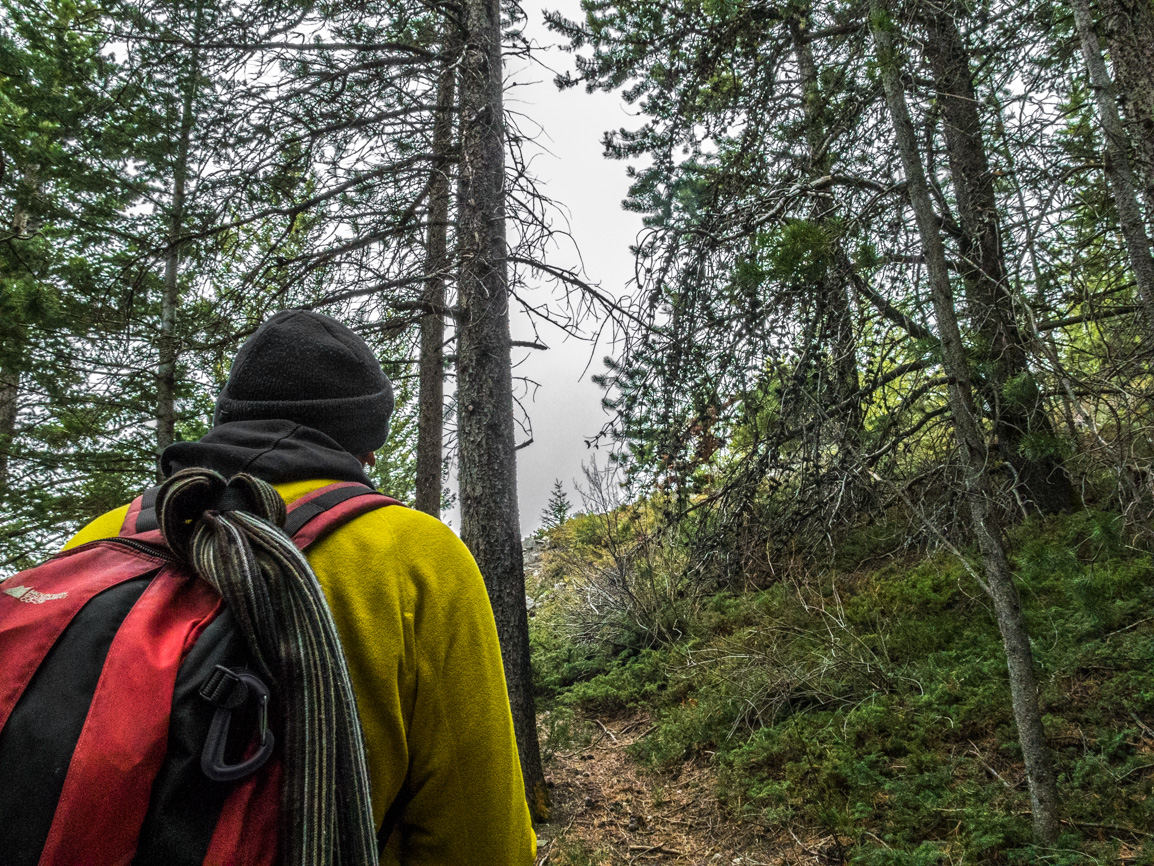
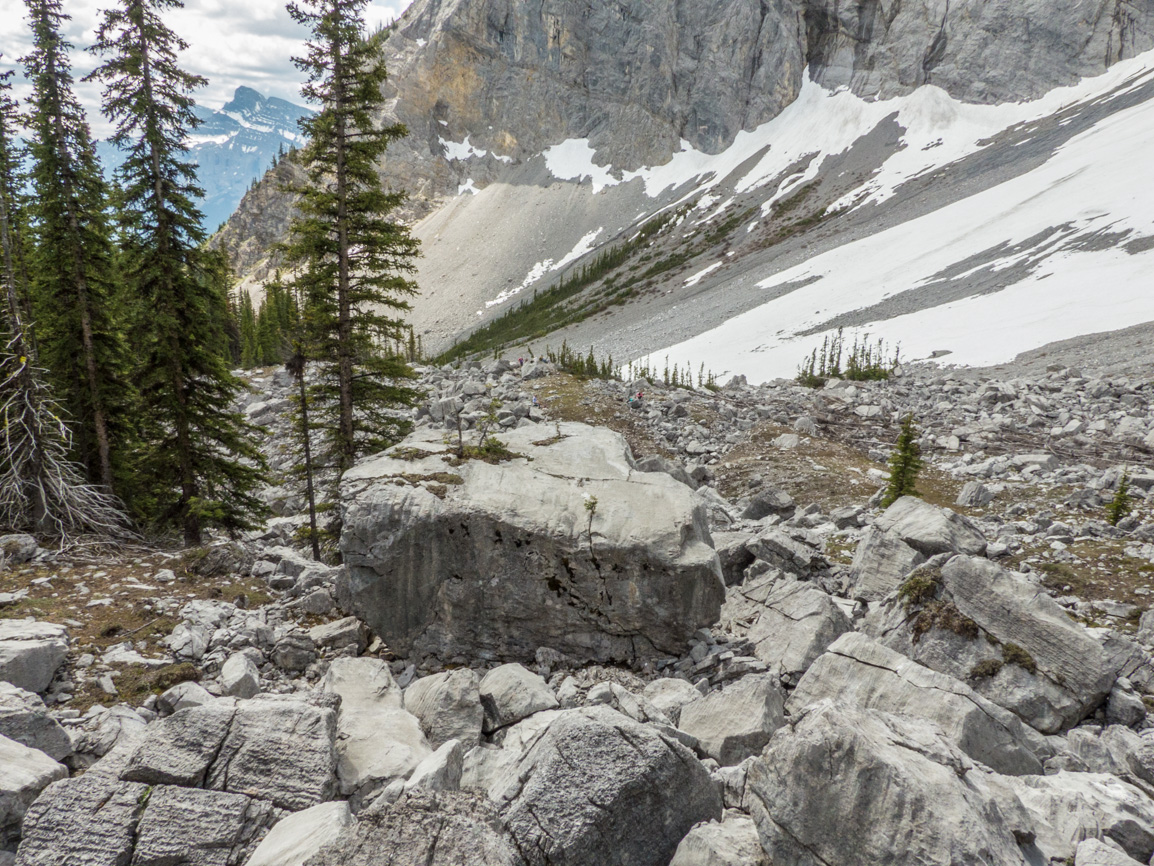
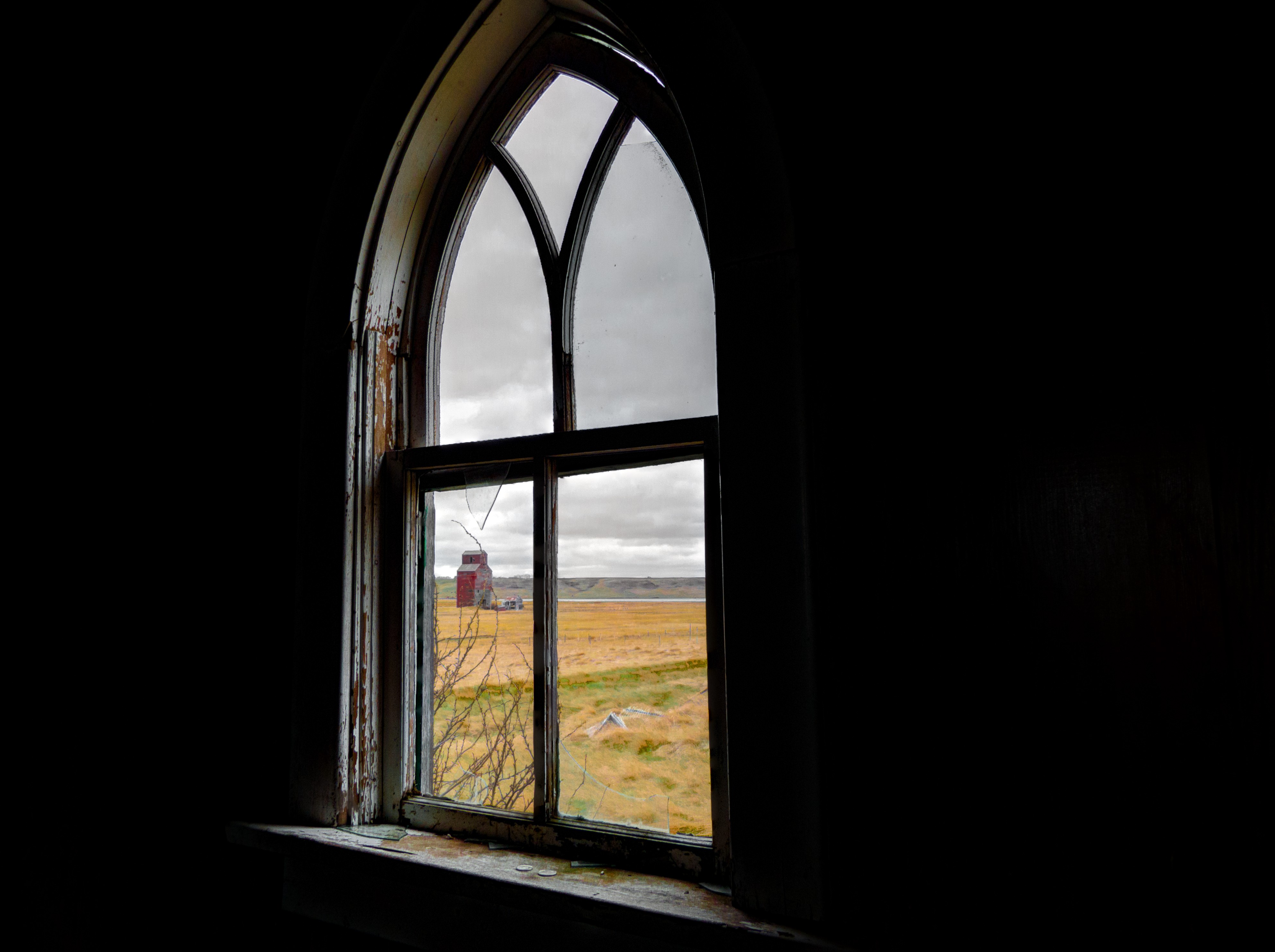
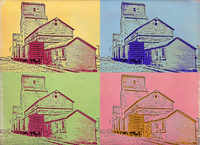






Lots of great memories of Lille. Almost a second home 1979-1991. Lots of history there.
Interesting!
My parents house is part of the hospital from Lille.
Oh? Do tell!
Great Pics we are looking for some pictures to create a magazine for the Crowsnest pass to promote tourism. we are also looking for some help with this.
Drop us a line (go to the contact page on our site) and maybe we can help in some way.
Fantastic photos! Used to stomp around that country in my youth. Nice to see it remains relatively “unmolested.” The flat car is an amazing find and thanks for sharing.
Incredible!!
Hunch – since the car appears to be upside down – it got derailed, was rolled off the right of way and the carrier continued operations after track was restored. Cars are frequently rolled off the track structure to expedite restoration of operations.
I was wondering if anyone could give me more detailed directions to this area? I visit the Crowsnest and would love to take it all in. My husband and I have some mountain bikes and this looks like a perfect trip for us.
Sure Holly, just head towards the Frank Slide visitor centre and start your ride along the gravel road at the first switchback. There are so many braided trails in the area, but as long as you’re pointing north you’ll hit the old Lille town site. If you still need more help email me and I’ll send you a GPS track you can follow.